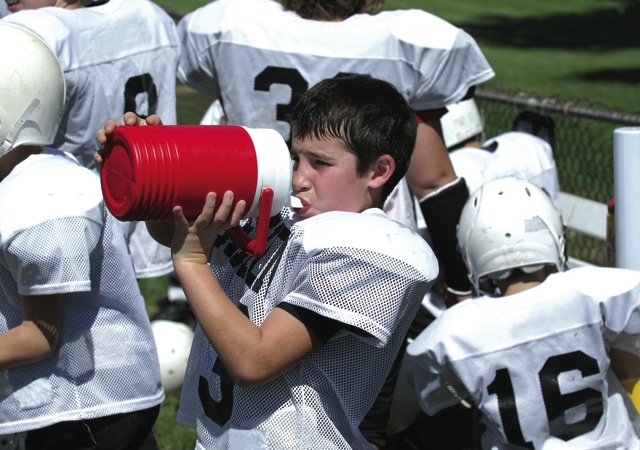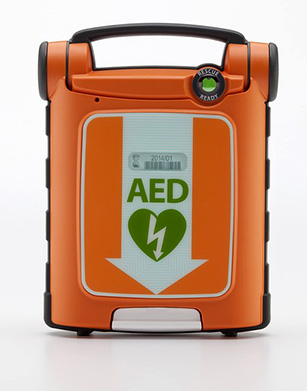Traveling athletic trainers helpful to small schools
By Andrew Spence, Med, ATC, CSCS, Bassett Healthcare Network, Cooperstown, New York
Having a certified athletic trainer (ATC) in every school in the country would go a long way in ensuring more scholastic athletes are properly cared for, treated and diagnosed.
 Unfortunately, for those smaller schools and ones with limited budgets, a position for a full-time professional ATC is not in the cards. But, having an ATC at your school is not an all-or-nothing proposition. More and more, schools are taking advantage of programs that allow them to hire an ATC on a part-time basis.
Unfortunately, for those smaller schools and ones with limited budgets, a position for a full-time professional ATC is not in the cards. But, having an ATC at your school is not an all-or-nothing proposition. More and more, schools are taking advantage of programs that allow them to hire an ATC on a part-time basis.
Located in upstate New York (Cooperstown), Bassett Healthcare Network (BHN) is a small rural network that has outreach to eight counties. The small size is reflected in the populations of the cities, towns and villages it serves. These small communities equate to smaller high school size and enrollment as well. The geographic area is dispersed but the schools are located in relatively close proximity.
Due to the size of schools, limited budgets and no state legislation regarding athletic trainers, full-time athletic trainers are not present in area schools. As a result, BHN created the sports medicine program.
Most of the traditional hospital-clinic/high school models have certified athletic trainers work in a clinical setting in the mornings. Here, an ATC may work with orthopedists, physical therapists or other healthcare professionals performing a variety of duties. These may include, but are not limited to, evaluation; rehabilitation; and fitness conditioning of patients. In the afternoon and evening, the ATC goes to his or her outreach school(s) where more traditional athletic training duties are performed, including practice and event coverage. Bassett Healthcare Network has tweaked this model.
BHN’s sports medicine team consists of the director (orthopedic surgeon), manager, supervisor (orthopedic PA/ATC) and two certified athletic trainers. The team created a contract to define the athletic training services to be offered and invited schools to take part. Athletic trainers travel daily to the contract schools to perform athletic training services. In all, there are 32 schools in six counties that are covered by the two ATCs (see sidebar on why athletic directors are participating in this program).
The ATC travels to a certain group of schools daily (usually four to five schools).
Visits typically are done during school hours. When at the schools, the ATC meets with the athletes and the athletic director or other representative in a designated area (nurses office, gym, etc.). Injury evaluation, management and referral recommendations (if needed) are performed as well as rehabilitation and education about prevention.
Follow-up visits are done as needed. Injury information is recorded and tracked by the ATC and sports medicine team. Traditional athletic training duties such as practice and event coverage are not included in the contractual services offered by the hospital.
Additionally, the ATCs work with the schools and the community on conditioning and wellness programs, educational programs, emergency procedures and other community service events.
“One of the goals of the program is to get athletes the care they need while participating in sports,” says Jackson LaBudde, the director of the sports medicine program. “Having the athletic trainers in the schools is a great advantage. They can watch the players and monitor their progress on the safe return to activity after injury.”
The program’s success continues to grow each year. Over the past five years, the number of contract schools has grown from 15 to 32. As a result, a second certified athletic trainer was hired in 2006 and the annual number of student evaluations continues to grow. As of the beginning of the 2010 scholastic year, more than 10,000 student-athletes have been evaluated since 2005 through the sports medicine program.
With the ever-growing challenges that face our economy and our schools, the type of model the BHN has come up with may be more prevalent in the future.





